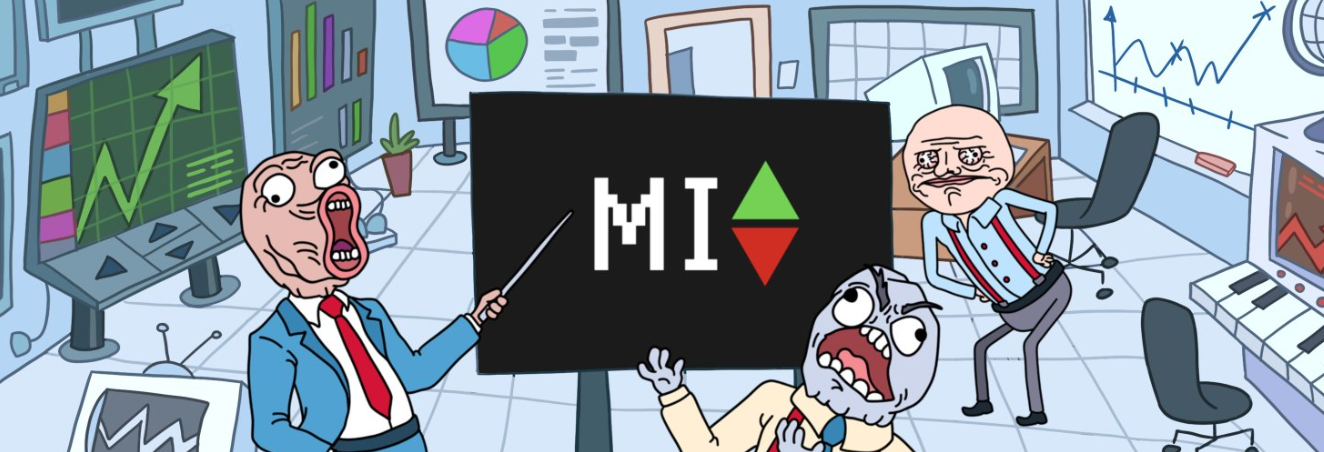SUMMARY
- Wirex Pay is a decentralized payment platform that integrates blockchain technology with traditional finance, enabling seamless digital asset transactions worldwide.
- Led by CEO Pavel Matveev, the platform utilizes advanced technologies and a DAO governance model to enhance user control and engagement while supporting a wide range of cryptocurrencies.
Wirex Pay is a next-generation payment platform that integrates blockchain innovation with traditional finance. Created by Wirex, a global pioneer in crypto debit cards, Wirex Pay aims to make a consistent and decentralized payment solution. The project centers on enabling users to control their digital resources completely, eliminating dependence on third parties through non-custodial wallets.
Wirex Pay leverages advanced innovations such as Zero Knowledge (ZK) rollups, Validium, and Polygon ZK. These innovations improve scalability, privacy, and proficiency. Subsequently, this design enables fast, gasless transactions over multiple blockchains while tending to challenges like slow settlement times, custody risks, and high transaction costs in traditional crypto payments.
By offering non-custodial cards and supporting a wide range of cryptocurrencies, Wirex Pay encourages global transactions without intermediaries. Its decentralized governance through a DAO guarantees ceaseless evolution driven by community input. Hence, Wirex Pay’s framework aims to revolutionize digital payments, providing a secure and effective solution for the future of finance.
Wirex Pay is led by Pavel Matveev, the current CEO and Co-Founder, who actively discusses the company’s mission and advancements. Dmitry Lazarichev also holds the title of Chief Executive Officer at Wirex, and the team comprises a total of 12 executives. Together, they oversee the project’s operations and procedure, aiming to fortify the network’s role in the decentralized finance ecosystem.

With the expected IDO sale on Gate.io, Wirex Pay utilizes WPAY, an ERC-20 token on the Polygon POS chain, with a total fixed supply of 10 billion tokens. WPAY powers the network by allowing governance participation, staking rewards, and node operations. The distribution follows a clear vesting plan. Team members get 20% of the supply with a 12-month cliff and a 36-month vesting period. In addition, point-based airdrops and liquidity provisions account for 5% and 4%, respectively, with varied lock-up and vesting plans of 9 months and 24 months respectively. 12.9% is allocated toVeWPAY rewards with a vesting period of 60 months, Outstandingly, node operators get 20% of the supply with a 2-month lock-up and a 60-month vesting period, emphasizing their significance in decentralizing the network. Treasury allocation stands at 38.14% and a 67 month vesting period, guaranteeing satisfactory resources for future development.
The focal points of Wirex Pay include increased decentralization through node operators, staking rewards, and governance participation, which advances client engagement. Furthermore, the dual staking model includes financial security by moderating volatility risks. Users benefit from consistent integration with non-custodial wallets, offering improved security and convenience for digital payments. Be that as it may, the long vesting periods for rewards and node operator tokens may delay liquidity for participants, possibly slowing early network activity.
In conclusion, Wirex Pay aims to redefine decentralized payments by joining traditional finance with blockchain solutions. Its tokenomics guarantees a secure and incentivized ecosystem, driving governance and decentralization. Despite a few challenges with delayed liquidity, the platform’s innovative staking models and seamless wallet integration position it as a pioneer in blockchain-based payment networks.







